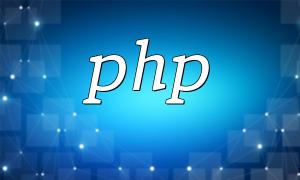Upgrading PHP on CentOS is a common task that involves configuring repositories, installing PHP, and managing extensions. Below are the detailed steps:
sudo yum install https://rpms.remirepo.net/enterprise/remi-release-8.rpmsudo yum install https://dl.fedoraproject.org/pub/epel/8/x86_64/e/epel-release-8-8.noarch.rpmsudo yum update
sudo yum install php7.xsudo alternatives --set php /usr/bin/php7.xsudo yum install php-extension-module-list
sudo yum install php-extension-module-namephp -vThe above guide provides a complete process for upgrading PHP on CentOS, helping system administrators and developers update PHP smoothly.









